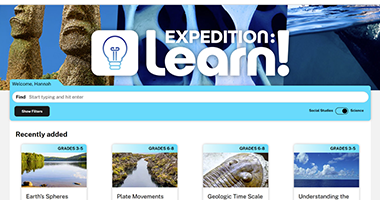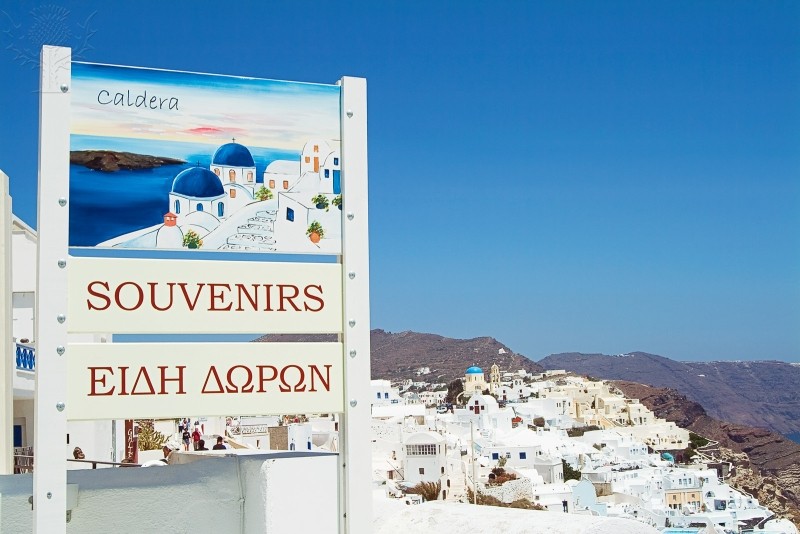People travel for many different reasons, such as business and visiting family and friends. When people travel for pleasure, they are called tourists.
Tourism is the business of encouraging and supporting tourists. Many people go on holiday because they want a break from their everyday lives, or to experience a warmer climate. Others enjoy learning about different cultures, tasting new cuisines and observing different lifestyles.
The following resources and activities explore tourism and its impact. They are appropriate for students at a primary or middle school level.
Resource Packs
The Britannica “Tourism” resource packs are accessible to schools who are subscribed to the Australian, New Zealand, Asian, UK and US versions of Britannica School. They contain age-appropriate articles, images, websites or videos on different types of tourism, tourist destinations and the impact that tourism has on a region or community.
Resource Pack Links:
Britannica School (Australia) Primary level resource pack↗
Britannica School (Australia) Middle level resource pack↗
Britannica School (New Zealand) Primary level resource pack↗
Britannica School (New Zealand) Middle level resource pack↗
Britannica School (UK) Foundation level resource pack↗
Britannica School (UK) Intermediate level resource pack↗
Britannica School (US) Elementary level resource pack↗
Britannica School (US) Middle level resource pack↗
Britannica School (Asia) Elementary level resource pack↗
Britannica School (Asia) Middle level resource pack↗
Britannica School (Asia version in China) Elementary level resource pack ↗
Britannica School (Asia version in China) Middle level resource pack ↗
Activities
The following activities can be completed using resources found in the Britannica School ‘Tourism’ resource packs.
- Using the World Atlas tool in Britannica School, locate where the students live, identify other countries and places close by, point out the nearest neighbouring countries and locate and name the oceans. Discuss the connections the students might have with different places such as ancestry, culture, travel, trade, food eaten, sports played etc.
Explore the images and videos in the Britannica “Tourism” resource pack. These images depict popular tourism destinations around the world. Select one destination and create a country profile. Include information about the place, level of tourism activity, interaction with local people, education, cultural experiences, geographical information and the environmental features of the destination. - Discuss students’ experiences of tourism and travelling. Using the information gathered from the above activity, students are to create a travel brochure encouraging people to visit that location. Some things to include on the brochure include:
- Name and location of the destination
- Map illustrating the destinations location
- Landmarks to see
- Things to do
- Food that is special in that country
- Celebrations special to that country
- Weather in that country
- Image illustrating the destination
- Tourism can have positive and negative effects on a country and its people. Brainstorm a list of negative and positive effects of tourism on a country, its people and the environment. Think about earning money, employment, environment, income, pollution, social and cultural links, commercialisation of culture and heritage, infrastructure etc. Record answers on the Impact of Tourism worksheet.
Featured Image from BRITANNICA IMAGEQUEST: Souvenir Sign in English and Greek and Village on Cliff, Oia, Santorini, Cyclades Islands, Greece. © Garry Black / All Canada Photo / Universal Images Group. Accessed 30 Aug. 2022.
These activities and resources have been created using content from Britannica School, the go-to site for safe, comprehensive student research. Contact your librarian to find out if your institution already has access. Find out more about Britannica School or set up your own free trial.
More Educator Resources
Sign up with your email for more free resources from Britannica.


